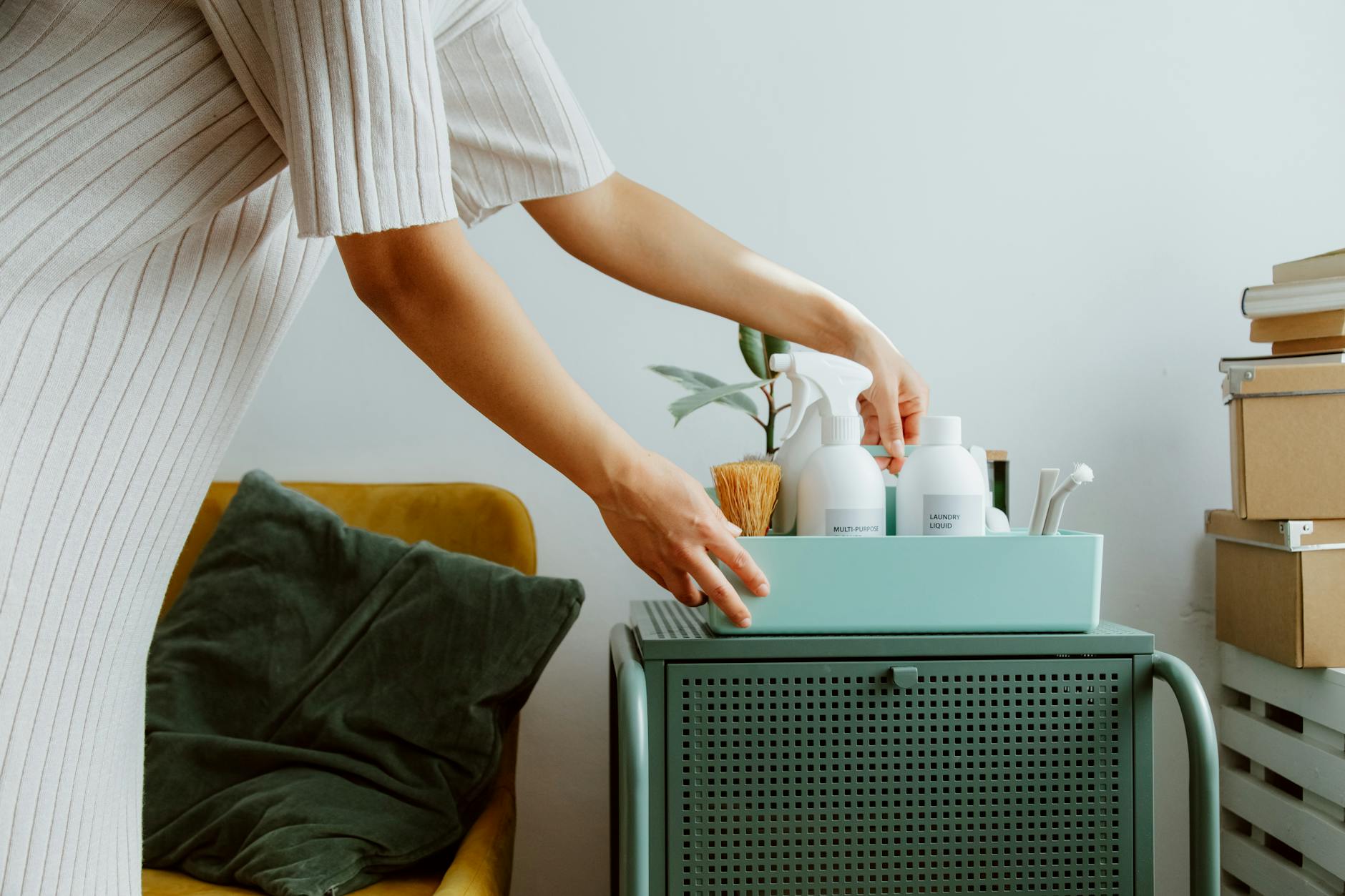Introduction
Organizing your home can feel overwhelming, but a few targeted changes will transform your space quickly and sustainably. This guide breaks down practical, high-impact strategies you can implement today, from clearing clutter to installing the right storage and establishing simple habits that keep order in place. You will learn how to approach each room logically, choose storage that reduces visual noise, and adopt short routines that prevent mess from coming back. These tips are designed to save time, reduce stress, and make your home feel more spacious and usable immediately. Follow the sequence below and you will see measurable differences in days, not months.
Declutter first
Before investing in baskets or bins, remove items you no longer need. Decluttering is the foundation of any successful organization system because storage only works when you minimize what you store. Use a simple four-box method: keep, donate, trash, and relocate. Time-box each area to prevent burnout: set a 20 or 30 minute timer and focus on one surface or one drawer at a time. Quick rules that speed decisions:
- If you have not used it in the past 12 months, consider letting it go.
- Duplicate tools or gadgets? Keep the best and donate the rest.
- Sentimental items: photograph them and keep fewer physical pieces.
Digital clutter matters too. Clean out email folders and desktop files to reduce cognitive load. Once you finish decluttering, you can design storage that fits what remains rather than forcing items into spaces that are already overloaded.
Create strategic storage
Storage should hide clutter and support daily routines. Aim for visibility, accessibility, and proportionality. Use clear containers for small items, drawer dividers for utensils and tools, and vertical shelving to reclaim floor space. Multipurpose furniture such as ottomans with storage or beds with drawers adds capacity without cluttering sightlines. Label everything to make returns automatic.
Below is a quick reference table to help you choose solutions based on cost, installation time, and immediate impact.
| Solution | Typical cost | Install time | Immediate impact |
|---|---|---|---|
| Clear plastic bins | Low | 10 minutes | High |
| Drawer dividers | Low | 5 minutes | High |
| Wall-mounted shelves | Medium | 30-60 minutes | High |
| Multipurpose furniture | Medium to high | Variable | Medium |
Choose containers that match one another in color to reduce visual clutter. A consistent system makes the room feel cohesive and easier to maintain.
Design routines that stick
Organization is a habit, not a one-time project. Build short, repeatable routines that fit your day. Try a 10-minute evening reset: clear counters, put clothes away, and prep for the next morning. Combine tasks with existing habits to anchor them. For example, tidy the entryway every time you take off your shoes. Weekly check-ins of 20 minutes prevent small messes from growing. Use checklists or a simple app reminder to keep you accountable. When multiple people share a space, assign clear responsibilities and create visible stations for keys, mail, and backpacks to reduce friction. These small habits preserve the systems you set up and make organization feel effortless over time.
Room-by-room quick wins
Apply targeted solutions that deliver instant results. The work is faster when you know where to focus.
- Entryway: Install hooks and a small shelf. Use a tray for mail and a basket for shoes.
- Kitchen: Use vertical dividers for baking sheets, magnetic strips for knives, and clear pantry bins for snack categories.
- Bedroom: Use under-bed storage for seasonal items and drawer organizers for clothing categories.
- Bathroom: Keep daily items on a single tray, mount frequently used tools, and use over-the-door racks for towels.
- Living room: Designate zones for remote controls, reading material, and kids play; use baskets to corral loose items.
These quick wins connect with the storage strategies above and are easy to implement after decluttering. The goal is to create a logical home for everything so returning items is the path of least resistance.
Maintain and refine
After the initial transformation, measure what works and what does not. Schedule a seasonal edit every three months: reassess storage needs, swap containers, and remove items that crept back in. Track small metrics like how long it takes to find keys or how many flat surfaces collect clutter. If a drawer or bin becomes a catch-all, break it down into smaller zones. Consider donating items on a regular schedule so your home does not revert to past habits. Lastly, involve household members in decision making to ensure systems match real behaviors. Continuous refinement keeps your space functional and welcoming long term.
Conclusion
Transforming your home starts with focused actions: clear what you do not need, add smart storage, build simple routines, and apply room-specific fixes that deliver fast wins. These steps are linked. Decluttering reduces what you must store, strategic storage makes items easy to find, routines maintain the systems, and periodic refinements keep your space functioning. Small investments of time and a few affordable tools will cut daily friction and create a calmer, more efficient home. Choose one area to tackle for 20 minutes today and use the momentum to move through the sequence. With consistent, practical steps you will enjoy a lasting, dramatic change in how your home looks and feels.
Image by: Ron Lach
https://www.pexels.com/@ron-lach




